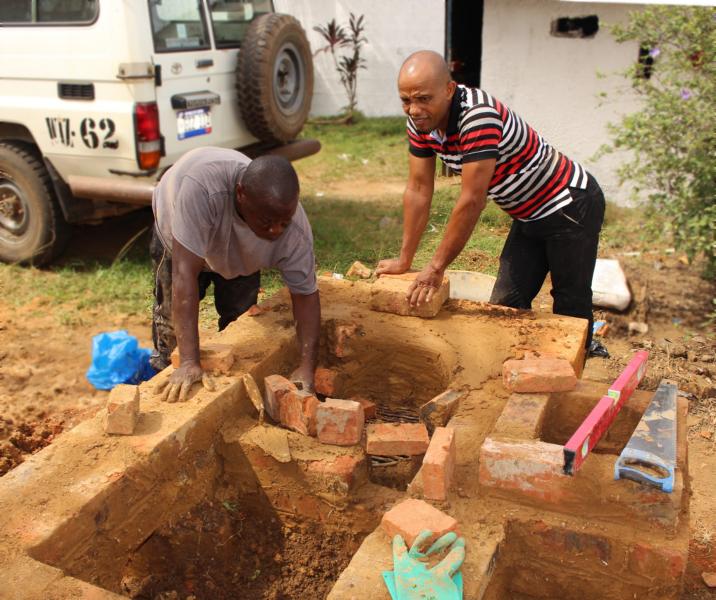
- Creating access to improved cookstoves
- Promoting an affordable, locally produced stove (the Red Fire Pot). - Test quality and provide advice concerning larger stoves for institutions
Creating Access to Improved Cookstoves
Liberia is part of the Global Alliance for Clean cookstoves that defines standards for “clean” and “efficient” cookstoves. However, in Liberia the access to various stoves that meet such standards is limited.
EnDev supported sales of imported stoves (Envirofit) in cooperation with SJEDI. The stoves cost around $30 to $35 USD. 2,000 – 3,000 pieces of this type of stove have been sold by June 2016.
Promoting an Improved Cookstove: the Red Fire Pot
GIZ/EnDev developed, tested and introduced a new energy-efficient charcoal stove called Red Fire Pot in Liberia in 2012. EnDev trained 30 sheet metal workers to fabricate the stove. Out of them, 12 started to continuously produce the Red Fire stove and sold roughly 1,300 stoves by June 2016. The simplest version of the stove costs 14 USD.
This improved coalpot uses a new technology, which is based on the gasifier principle. It burns the unused gases of the charcoal in a second combustion process with the help of a secondary air supply, which significantly reduces the emission of harmful toxic gases for the cook and the environment. The quantity and ratio of primary and secondary air are precisely calculated.
The stove is produced from new metals that are being bought from the store. We have two different types of metal sheets that are used to produce the stove, (1mm and 1.5mm metal sheet)
EnDev helps to promote the Red Fire Pot. For example, training workshops were organized and currently, several local producers are able to supply the market with different sizes of the Red Fire Pot. These stoves are built to save money, time, and health. It is efficient and cooks quickly.
Institutional Stoves for Firewood or Charcoal
EnDev also investigated several larger stoves for institutions such as schools to save firewood. A standard water boiling test can establish the specific consumption by comparing it with a cooking fire that is commonly used with three stones.
A brick model was built and tested to be further improved. The stove can operate with firewood or charcoal. The two pots on this stove can hold 70l each.

More pictures of building and testing the ECHOL institutional stove
Cooking with solid biomass explained.



